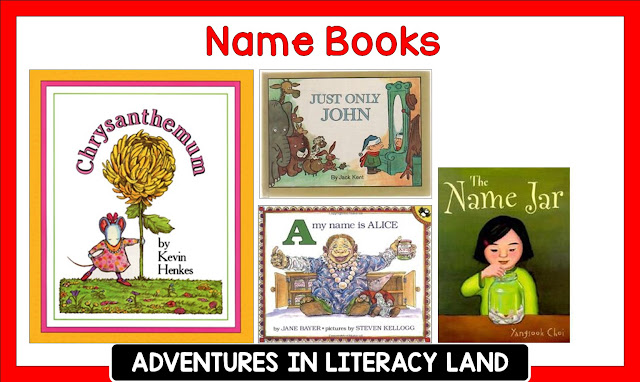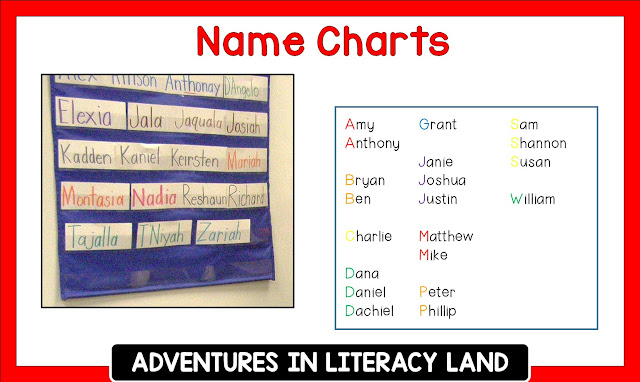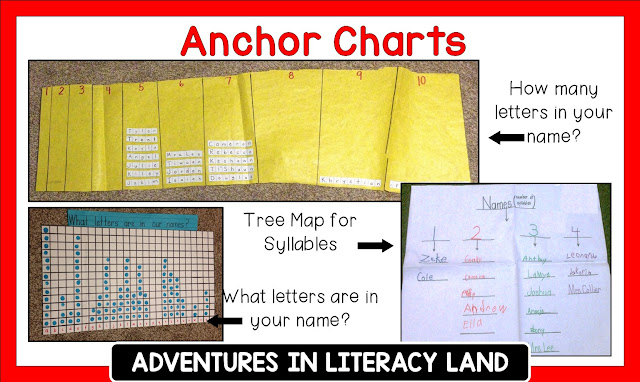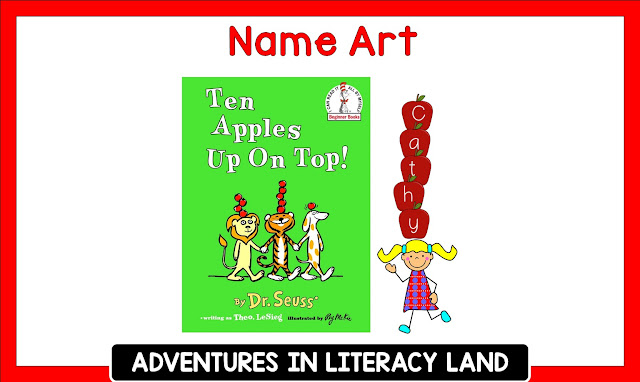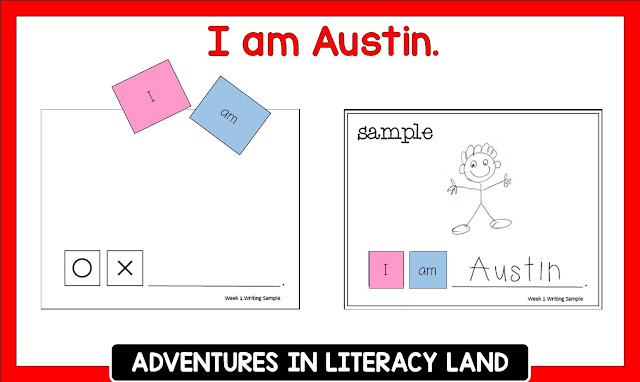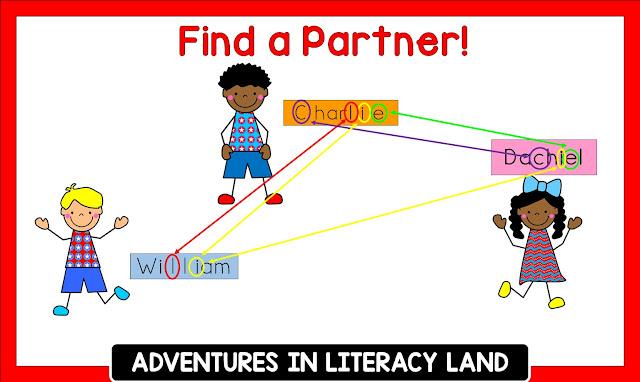Hello everyone, Tara from Looney's Literacy here. Welcome back to school if you've started and even if you haven't, I wish you all the best year yet!
I always love this time of year because everyone is so eager to be back. Everyone has rested and rejuvenated. We're learning rules and procedures and we're trying to create a safe culture in our building. I wanted to share some insight I've gained over the years and just this past week which was our first week back.
As an interventionist, in a building-wide Title I district we no longer have criteria for students to qualify for Reading or Math Title I services. They are all Title I, including the staff! Because of this change, we've had to really rethink who receives small group pull-out services and who receives individual services.
Over the past couple of years we've used a literacy learning continuum, MAP & SAT scores and BOY / MOY benchmarks for service recommendations. We have grade level team meetings twice a month to discuss any formative assessment data and who needs extra support.
So today, I'm going to discuss Kindergarten literacy learning and how we determine needs for extra support at the beginning if the year. I can't stress enough, the importance of developmental milestone awareness. Developmental milestones that include both fine and gross motor development, speech and language development, social and emotional development, and brain development. (They really did know what they were doing when they included child development & psychology as required courses in the Education Department.)
While literacy learning is not a linear path, there are developmental milestones that need to be in place to help literacy learning become a little easier. I like to observe Kindergarten for a week or so to see if I notice recurring behaviors that might raise some red flags regarding some of these developmental milestones. I make sure to see them using a writing utensil (for correct tri-pod grasp), setting on the carpet (spacial awareness & sensory seeking ), participating during their brain break (gross motor activity - because of time constraint I'm unable to observe during recess and P. E. but if I have concerns I ask the teachers about these times), during independent work time an at the end of the day (social & emotional). Here's a brief list of things I watch for (click image to download document):
I record my observations on this sheet:
At our fist team meeting we'll discuss the teachers' observations and concerns and my observations and concerns. Then we decide how we're going to address the needs. Sometimes it's just a suggested strategy that a teacher uses in the classroom. If needed, I might work with a small group in the classroom or pull-out. In the most severe cases, we'll pull out individual students. Some examples of severe cases we've had in the past include, unable to speak in complete age- appropriate sentences, students who have a fist grasp with writing utensils, unable to use scissors, unable to write their name, unable to hear rhymes, etc.
Stay tuned for more literacy learning strategies for K-6th, as the beginning of the year continues to progress. You be able to find those
here.





















